An extensive number of modern digital services, products and tools are ordered over the Internet and delivered to users on demand, rather than provided via local channels within enterprises or specialized organizations. To describe this phenomenon, a special term was invented: Everything-as-a-Service (XaaS). What is Everything-as-a-Service and does it have anything to do with popular cloud computing models — SaaS, PaaS and IaaS? Read our article for an explanation.
What Is XaaS?
Everything-as-a-Service is a term for services and applications that users can access on the Internet upon request.
The Everything-as-a-Service definition may seem unclear at first sight, but actually, it is not difficult to understand. It all started with the cloud computing terms: SaaS (Software-as-a-Service), PaaS (Platform-as-a-Service) and IaaS (Infrastructure-as-a-Service), meaning that ready-made software, a platform for its development, or a comprehensive computing infrastructure could be provided via networks. Gradually, other offerings appeared and now, the designation as-a-Service is associated with various digital components, e.g. data, security, communication, etc.
What’s more, Anything-as-a-Service (another name for XaaS) is not confined to digital products. You can get practically everything, from food to medical consultations, without leaving your home or office, by utilizing certain online services. Hence the “Everything” is in the name.
Everything-as-a-Service Model Examples
Now that we’ve covered the XaaS definition, it’s time to demonstrate some practical -aaS cases (apart from SaaS, PaaS and IaaS) that are gaining popularity.
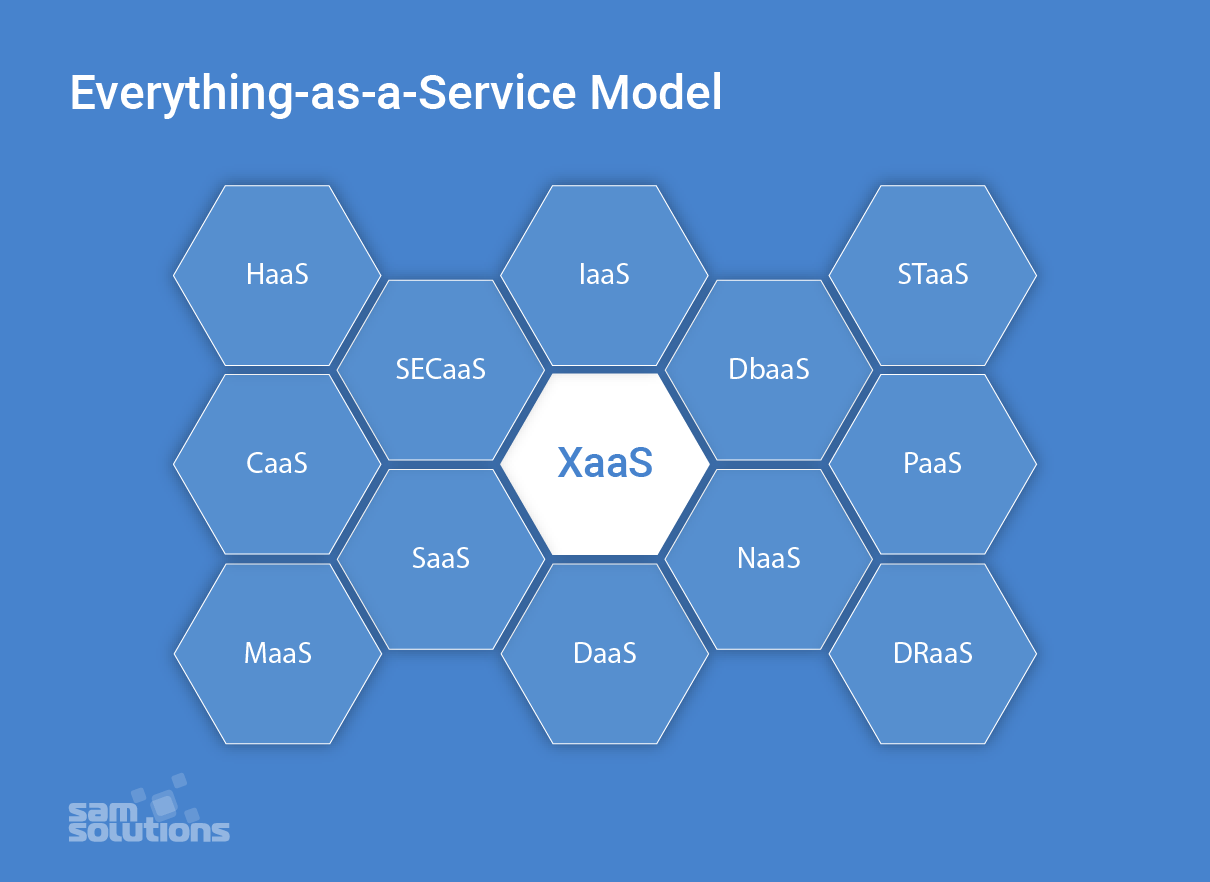
Hardware-as-a-Service (HaaS)
Managed service providers (MSP) own some hardware and install it on customers’ sites on demand. Customers utilize the hardware in accordance with service level agreements. This pay-as-you-go model is similar to leasing and can be compared to IaaS when computing resources are located at MSP’s site and provided to users as virtual equivalents of physical hardware.
The Haas model is especially cost-effective for small or mid-sized businesses.
Communication-as-a-Service (CaaS)
This model includes different communication solutions such as VoIP (voice over IP or Internet telephony), IM (instant messaging), video conference applications that are hosted in the vendor’s cloud. A company can selectively deploy communication apps that best suit their current needs for a certain period and pay for this usage period only.
Such an approach is cost-effective and reduces expenses for short-time communication needs.
Desktop-as-a-Service (DaaS)
Desktops are delivered as virtual services along with the apps needed for use. Thus, a client can work on a personal computer, using the computing capacities of third-party servers (which can be much more powerful than those of a PC).
A DaaS provider is typically responsible for storing, securing and backing up user data, as well as delivering upgrades for all the supported desktop apps.
Security-as-a-Service (SECaaS)
This is the model of outsourced security management. A provider integrates their security services into your company’s infrastructure and, as a rule, delivers them over the Internet. Such services may include anti-virus software, encryption, authentication, intrusion detection solutions and more.
Healthcare-as-a-Service (HaaS)
With electronic medical records (EMR) and hospital information systems (HIS), the healthcare industry is transforming into Healthcare-as-a-Service. Medical treatment is becoming more data-driven and patient-centric. Thanks to the IoT, wearables and other emerging technologies, the following services are available:
- Online consultations with doctors
- Health monitoring 24/7
- Medicine delivery at your doorstep
- Lab samples collection even at home and delivery of results as soon as they are ready
- Access to your medical records 24/7
HaaS creates opportunities for almost all categories of citizens to get qualified medical help.
Transportation-as-a-Service (TaaS)
Important trends of modern society are mobility and freedom of transportation at different distances. There are numerous apps popping up connected with transport, so a part of this industry is transforming into an -aaS model. The most vivid examples are:
- Carsharing (you can rent a car at any place via a special app and drive anywhere you need, paying for the time you use a car, or for the distance you cover)
- Uber taxi services (you order a taxi via an app, which calculates the cost of the rout in advance). Uber is planning to test flying taxis and self-driving planes in the near future.
TaaS model is not only convenient but also ecologically friendly.
Benefits of XaaS
The market of services provided via cloud computing and the Internet is expanding at a rapid pace due to a range of advantages they provide both for organizations and end-users. The biggest benefits are:
- Scalability (outsourcing provides access to unlimited computing capacities, storage space, RAM, etc; a company can quickly and seamlessly scale its processes up and down depending on requirements and doesn’t have to worry about additional deployments or downtimes)
- Cost- and time-effectiveness (a company doesn’t purchase its personal equipment and doesn’t need to deploy it, saving much time and money; a pay-as-you-go model is also beneficial)
- Focus on core competencies (there’s no need to set up apps and programs or conduct training for employees; consequently, they can concentrate on their direct duties and achieve better performance)
- The high quality of services (since professionals support and maintain your infrastructure and systems, they provide the latest updates and all the emerging technologies, guaranteeing the quality of services)
- Better customer experience (the above-mentioned pros lead to customer satisfaction and increase customer loyalty)
However, -aaS services are not without flaws. The biggest drawbacks are mostly related to end users and concern the security of personal data and risks of massive data loss.
Many consumers are afraid to fully depend on cloud providers and lose control over their business. Service providers, on their part, are doing their best to address such concerns and allow organizations to migrate more workloads into the cloud.
Bottom Line
What is XaaS in short? This is a conceptual model consisting of all possible services and products that can be provided over networks. At the moment, there is no full implementation of this model. Pushing for XaaS is an ideal benchmark and one of the main strategies for leading global cloud companies such as Microsoft and Google.
The future of Everything-as-a-Service seems to be bright due to emerging technologies and the proliferation of the e-Commerce market.
SaM Solutions is pleased to offer you our ready-to-use PaaS — CloudBOX (Build-Operate-eXtend). It can be easily customized to your business needs and provide a range of benefits. Contact us to learn more about this very offering or other services we provide.



























 5 Reasons Why Your Business Needs a Mobile eCommerce Application
5 Reasons Why Your Business Needs a Mobile eCommerce Application Using Salesforce to Improve Your Sales Pipeline: Five Tips
Using Salesforce to Improve Your Sales Pipeline: Five Tips Cross-Platform Mobile Development: Five Best Frameworks
Cross-Platform Mobile Development: Five Best Frameworks How to Develop Custom Accounting Software
How to Develop Custom Accounting Software 10 Best Web Development Frameworks in 2024
10 Best Web Development Frameworks in 2024

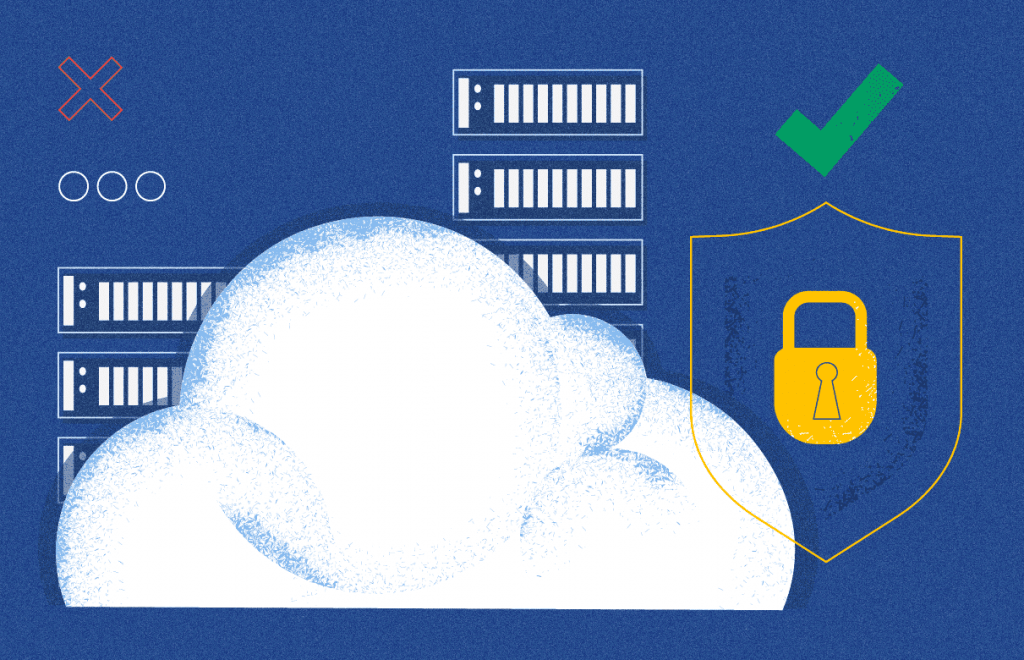

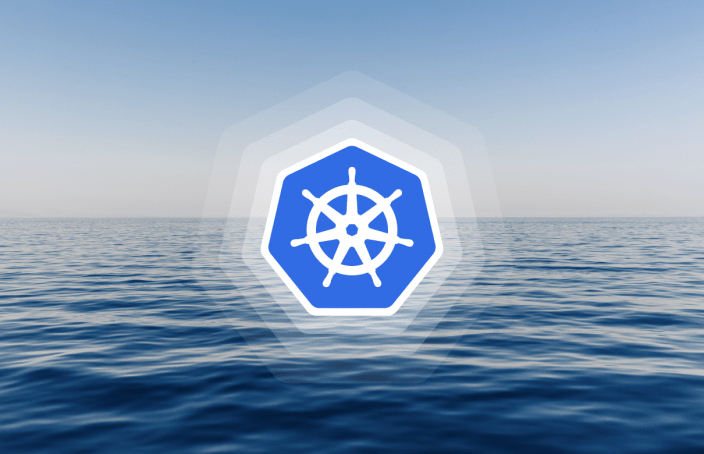



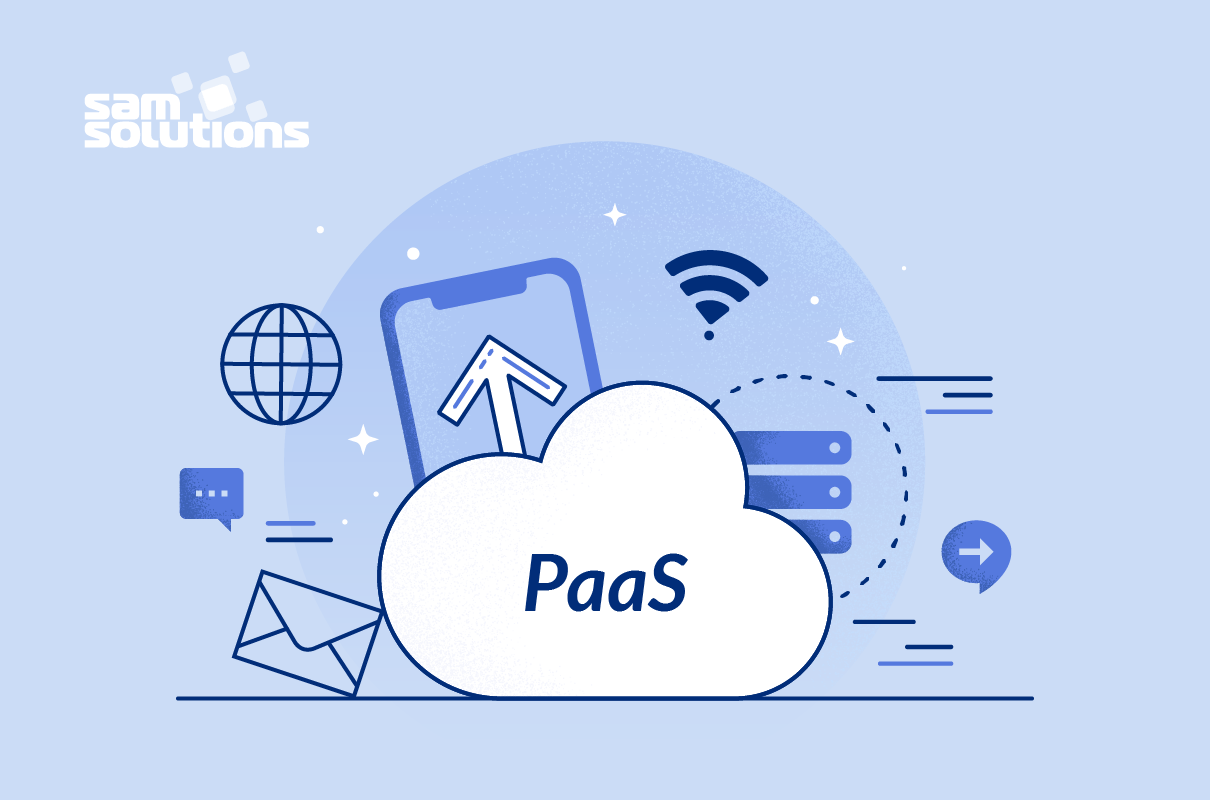



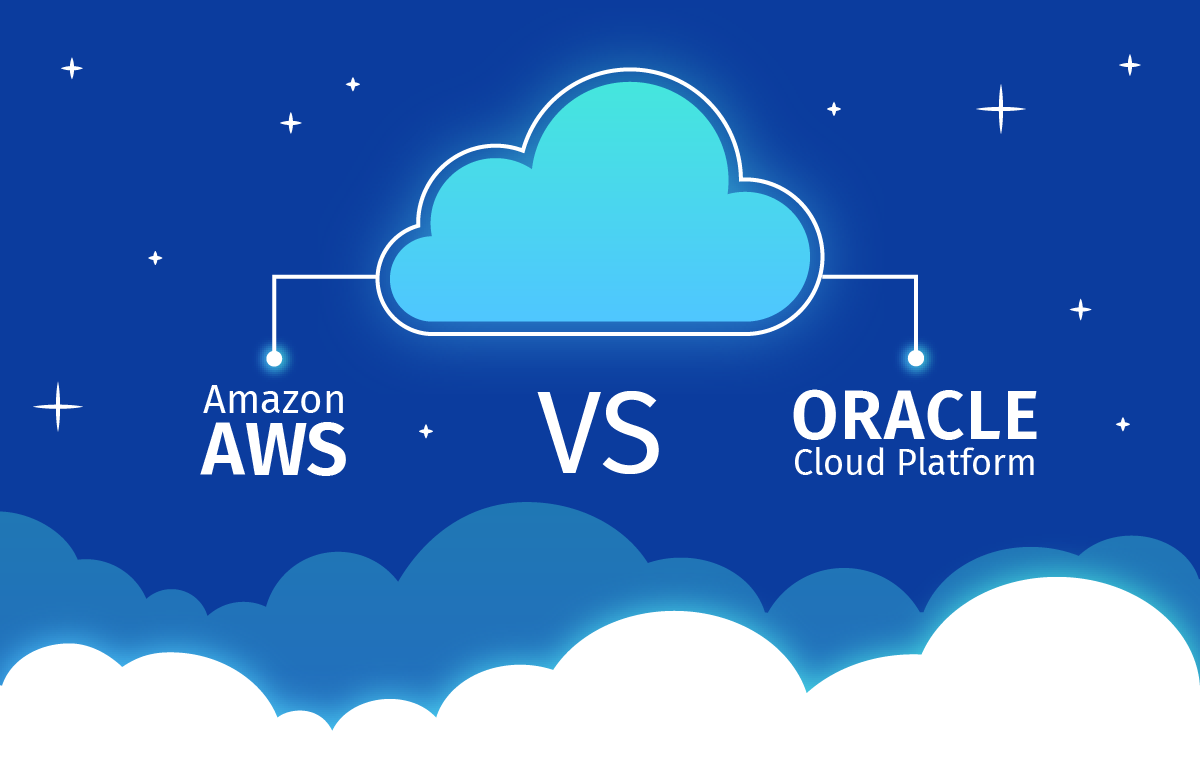
 Top 30 Ecommerce Tools to Elevate Your Business in 2024
Top 30 Ecommerce Tools to Elevate Your Business in 2024 5 Best Tools to Improve Embedded Software Testing
5 Best Tools to Improve Embedded Software Testing Why React and Node.js Are the Top Technologies for Creating High-Performance Web Apps in 2024
Why React and Node.js Are the Top Technologies for Creating High-Performance Web Apps in 2024 10 Best IoT Platforms for 2024
10 Best IoT Platforms for 2024
Hey there!
Just wanted to say I love reading through your blog and look forward to all your posts!
Keep up the excellent work!